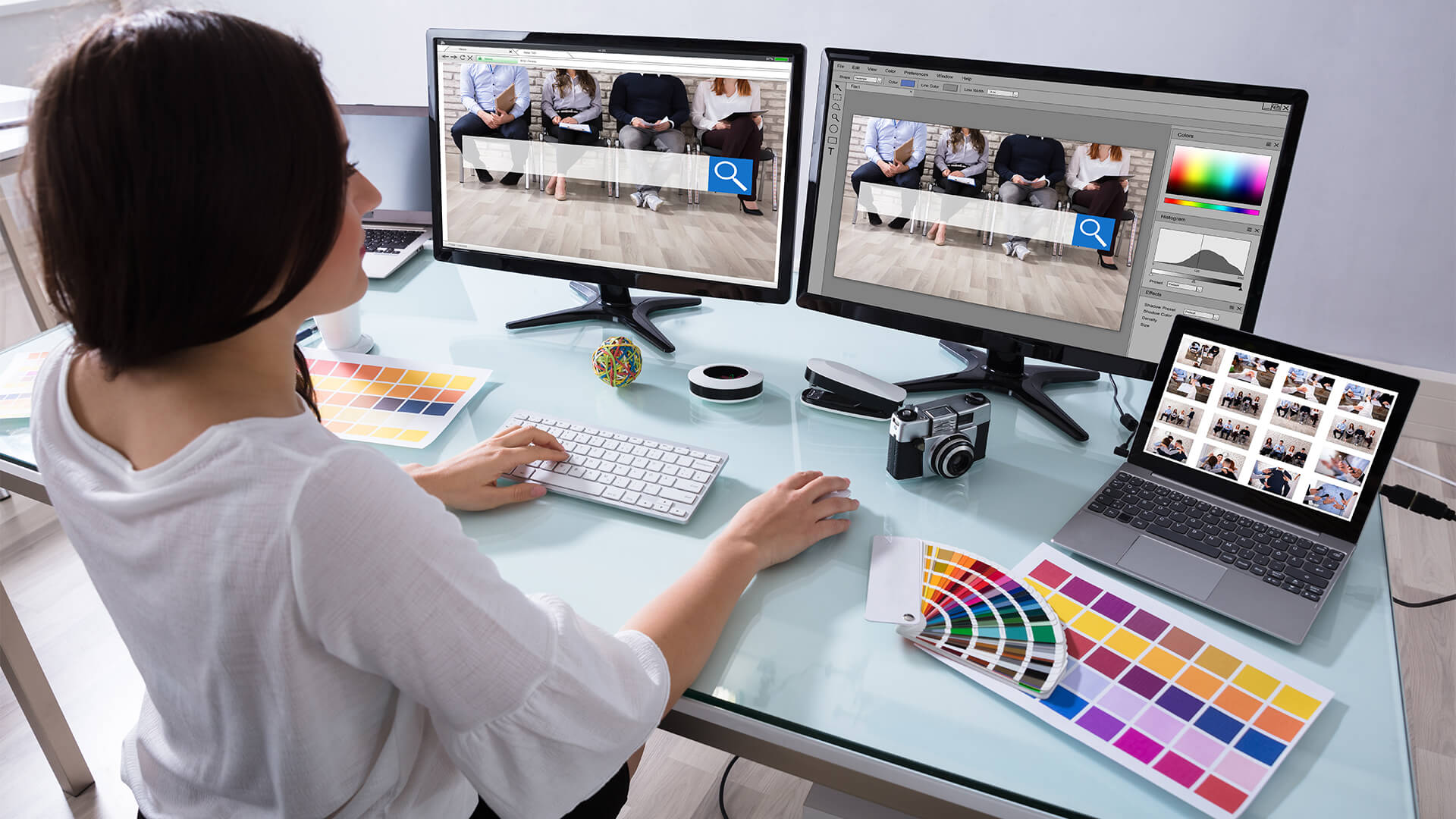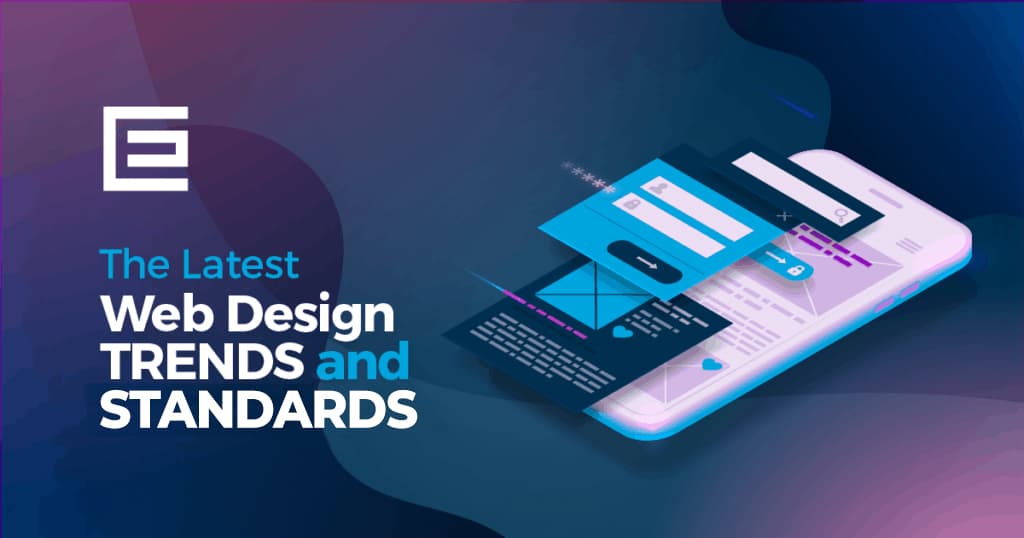The Best Sorts Of Web Layout to Boost User Experience and Interaction
In the ever-evolving landscape of digital communication, the performance of Web style considerably impacts individual experience and interaction. Numerous style methods, such as minimalist, responsive, and interactive designs, each deal special benefits that can satisfy diverse customer demands. Comprehending which kinds of Web style finest serve these goals can be crucial for companies intending to enhance consumer complete satisfaction and retention. The question stays: which design aspects truly reverberate with users and foster purposeful interaction? The expedition of these principles reveals critical understandings that might redefine your approach to website design.
Minimalist Website Design
As digital landscapes become increasingly messy, minimalist Web design has become an effective method to boosting individual experience. This design viewpoint focuses on simplicity, concentrating on necessary elements while eliminating unnecessary interruptions. By utilizing enough white area, uncomplicated navigating, and a limited color combination, minimal style cultivates clarity and routes customer attention to essential web content.
The core concept of minimal website design is to develop a seamless communication for customers. By decreasing cognitive lots, individuals can swiftly comprehend details without really feeling overwhelmed. This direct approach not only boosts usability however also urges involvement, as site visitors are more probable to discover a site that is very easy and visually appealing to browse.
Furthermore, minimalist layout often emphasizes typography and imagery, using these aspects purposefully to communicate messages properly. In significance, minimalist Web layout is not simply a fad; it is a thoughtful approach that acknowledges the value of user-centered design.
Receptive Web Style
In today's varied electronic atmosphere, receptive website design has actually ended up being important for creating a seamless individual experience across a wide variety of devices. As individuals gain access to internet sites on smartphones, desktop computers, laptops, and tablets, the capability of an internet site to adjust its layout and material to different display dimensions and resolutions is important.
Receptive Web design utilizes flexible grids, pictures, and CSS media inquiries to make sure that Web material is provided efficiently, despite the tool made use of. This strategy not just improves the aesthetic allure of a website but additionally significantly improves use. Individuals are much more likely to involve with a site that uses a regular experience, as it eliminates the irritation of needing to focus or scroll exceedingly.
Moreover, internet search engine, including Google, prioritize mobile-friendly sites in search rankings. By adopting receptive style, businesses can enhance their visibility and reach a broader target market. This method additionally streamlines site upkeep, as a solitary version of the website can accommodate all gadgets, lowering the requirement for multiple variations. In recap, responsive Web design is a fundamental practice that enhances individual experience, interaction, and general complete satisfaction.
Interactive Website Design
Receptive website design prepares for boosting customer experience, however interactive website design takes this a step additionally by engaging users in a much more dynamic way - Aligned Position Web Design. By incorporating components such as computer animations, clickable prototypes, and real-time responses, interactive Web layout captivates customers, drawing them right into a richer browsing experience
This method not just promotes involvement yet additionally urges users to explore content proactively instead than passively eating it. Strategies such as gamification, where customers earn rewards for completing tasks, can considerably boost the time invested in a website and enhance overall contentment. Interactive functions can streamline complex details, making it extra digestible and pleasurable.

Including interactive style components can likewise result in higher conversion prices, as customers are most likely to involve with a website that actively involves them. Aligned Position Web Design. Inevitably, interactive website design transforms individual experiences right into memorable journeys, making certain that site visitors return time after time
Flat Layout
Identified by its minimalistic approach, flat layout emphasizes simplicity and functionality, removing unnecessary aspects and concentrating on crucial features. This layout philosophy prioritizes usability, guaranteeing that users can navigate user interfaces with convenience and efficiency. By using a clean visual, level style gets rid of the mess typically discovered in extra elaborate styles, thus boosting individual focus on web content and capability.
The characteristic of flat design hinges on its use vibrant colors, straightforward typography, and geometric forms. These aspects add to a visually appealing interface that is both approachable and contemporary. In addition, level layout promotes a sense of clarity, enabling customers to determine vital activities and details without diversion.
Furthermore, level Extra resources layout is particularly reliable in receptive Web style, as its simplicity converts well throughout different tools and display sizes. By focusing on crucial attributes, level layout not just meets customer needs yet likewise encourages smooth interaction, making it an essential component of reliable Web design approaches.
Adaptive Website Design
Flexible website design customizes the individual experience by producing multiple taken care of designs customized to different screen dimensions and tools. Unlike responsive design, which fluidly changes a single layout, adaptive design uses distinctive layouts for particular breakpoints, making certain optimal discussion on numerous systems. This approach allows developers to concentrate on the distinct attributes of each tool, boosting use by delivering precisely what customers require based on their context.
One of the primary benefits of adaptive website design is its look at this web-site capacity to enhance load times and efficiency. By serving customized material and pictures that fit the user's gadget, web sites can reduce information use and enhance loading speeds. This is particularly helpful for customers with slower connections or minimal data plans.

In addition, adaptive design promotes an extra regulated and constant branding experience. Considering that designers develop numerous formats, they can make sure that the aesthetic elements align with the brand name's identification throughout various platforms - Aligned Position Web Design. This results in a natural customer experience, improving engagement and see here now advertising user retention
Verdict
To conclude, the combination of minimalist, responsive, and interactive website design principles considerably enhances individual experience and engagement. Minimalist style promotes clarity and focus, while responsive layout makes sure versatility across numerous tools, advertising availability. Interactive design captivates customers with dynamic elements, motivating exploration and customization. Collectively, these layout approaches contribute to the development of easy to use atmospheres that not only enhance fulfillment yet also drive higher conversion rates, underscoring their important significance in contemporary Web design techniques.

Minimalist style promotes clarity and emphasis, while receptive layout makes certain flexibility throughout various devices, promoting accessibility. Jointly, these layout comes close to contribute to the production of straightforward environments that not just improve fulfillment but likewise drive greater conversion prices, highlighting their essential value in contemporary Web design strategies.